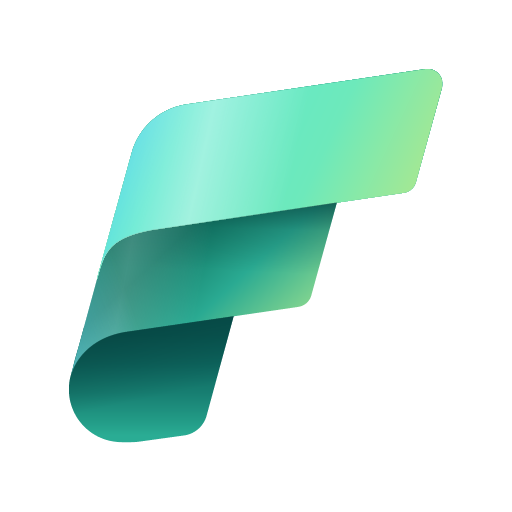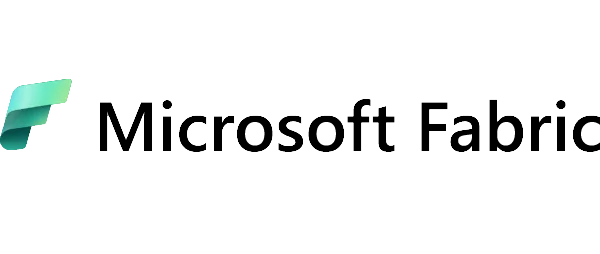
Reporting automation has become one of the most critical tools to support organisations in making fast, data-driven decisions. Microsoft Fabric, a platform that combines advanced analytics with data management, opens up new possibilities for reporting automation. It enables companies across industries to save time, reduce errors and gain strategic competitive advantage. What are the key benefits, and how can you use Microsoft Fabric in practice? Here are the details.
Why automate reporting?
Reporting automation is the answer to the challenges of modern business. At a time when data is the foundation of an organisation’s operations, manually preparing reports is not only time-consuming but also error-prone. Automated solutions, such as those available from Microsoft Fabric, offer:
- Saving time
Manually collating data from different sources is a process that can take hours or even days. With Microsoft Fabric, the entire process can occur automatically in the background without human intervention. - Reducing errors
Human errors are inevitable when working with large data sets. Automation eliminates the risk of mistakes, particularly in financial or sales reports. - Faster decision-making
Immediate access to up-to-date data makes it possible to make quick decisions based on reliable information.
Microsoft Fabric – an end-to-end automation tool
Microsoft Fabric brings together various Microsoft services into one comprehensive tool that is available under a common umbrella. The MS Fabric platform offers a comprehensive suite of services, including data lake, engineering and data integration, to streamline analysis and report preparation in every department of an organisation.
Importantly, Microsoft Fabric is a tool that significantly simplifies the data analysis process, making it more efficient. The platform is accessible even to users with minimal technical knowledge, allowing them to focus on delivering results rather than the complexities of technology.
Staying on reliable information backed by data facilitates accurate and informed business decisions. It is a simple way to grow steadily, develop your business and stay ahead of the competition.
Examples of Microsoft Fabric applications in various industries
Retail – supply chain optimisation
Reporting on stock levels or sales is fundamental to decision-making in the retail industry. With Microsoft Fabric, data from shops, warehouses and online sales systems can be automatically integrated and reported in real time. The platform enables not only real-time monitoring of stock levels, but also demand forecasting based on historical data and market trends. Automating reporting processes speeds up the response to changing customer needs, minimising the risk of stock shortages. In addition, access to detailed analysis allows for better planning of logistics and deliveries, resulting in savings and improved customer satisfaction. This enables retailers to build more efficient inventory management strategies and increase their competitiveness in the market.
Production – performance monitoring
In manufacturing companies, reporting automation enables the ongoing tracking of machine performance and the identification of downtime. Integrating data from different stages of the production process makes it possible to quickly detect problems such as equipment breakdowns or delays in raw material deliveries. Microsoft Fabric allows real-time analysis to be generated to support decision-making based on up-to-date information. Integrated reports can also include KPIs such as OEE (Overall Equipment Effectiveness), making it easier to assess process efficiency. The platform also supports predictive maintenance, helping to anticipate potential failures and plan maintenance work in a way that minimises downtime. The result is not only improved production continuity but also reduced operating costs. In this way, manufacturing companies can achieve greater competitiveness and better respond to market needs.
Financial services – risk analysis
In the financial sector, real-time data-driven reporting is key. Microsoft Fabric enables data integration from various sources, such as trading systems, market data or customer records, to quickly and accurately detect potential risks. The platform supports credit, financial and operational risk analysis using advanced analytical models and artificial intelligence. The tools available in Fabric allow the identification of anomalies and irregularities, such as fraud attempts or unauthorised transactions, which increases the security of operations. The ability to create dynamic reports and ‘what-if’ scenarios helps to anticipate the impact of market changes and to make strategic decisions. In addition, access to and analysis of historical data enables a better understanding of trends and the adaptation of risk policies to current challenges. These features allow financial institutions to manage risk more effectively while building trust with customers and business partners.
How to implement reporting automation with Microsoft Fabric?
1. Analysis of needs
Start by defining the areas where reporting automation will be most beneficial. Identify the key metrics and types of data to be monitored to address business needs. It is also worth considering the specific requirements of the teams using the reports, such as the frequency of updates or the level of detail in the data. A preliminary analysis will allow you to plan the exact scope of the implementation and avoid unnecessary costs associated with functionality that will not be used.
2. Data integration
Microsoft Fabric makes it easy to combine data from different sources, such as databases, CRM, or ERP systems. Thanks to tools such as Data Factory, this process is quick and intuitive. The platform also supports data transformation, enabling standardisation and adaptation to reporting requirements. Moreover, advanced features allow for real-time data integration, ensuring the information used in analyses is up-to-date and consistent.
3. Report creation
Power BI allows you to design attractive visualisations and dashboards that can be automatically updated based on data from Microsoft Fabric. The tool offers a wide range of pre-designed visualisations that can be easily customised. In addition, the real-time collaboration capability enables teams to share analyses and make decisions based on up-to-date data quickly. Thanks to the integration with Microsoft Fabric, reports are always consistent, and their creation does not require advanced technical knowledge.
4. Automation and scheduling
With the scheduling capabilities in Microsoft Fabric, reports can be generated automatically at specific time intervals and delivered directly to stakeholders.
Business benefits – savings and efficiency
Reporting automation is no longer a luxury but a necessity in modern business. Microsoft Fabric, with its advanced data analysis and integration tools, enables companies across industries to achieve new levels of efficiency. Investing in this technology brings tangible benefits such as time savings, cost reductions and better process organisation. If your company wants to stay one step ahead of the competition, implementing Microsoft Fabric as a foundation for reporting automation is worth considering.Implementing reporting automation with Microsoft Fabric is an investment that pays off quickly. Businesses can:
- Save time – reducing manual tasks allows staff to focus on more strategic activities.
- Increase efficiency – through better organisation of data and faster access to information.
- Improve the quality of decisions – reliable data available in real-time allows for more accurate business decisions.
Summary
Reporting automation is no longer a luxury but a necessity in modern business. Microsoft Fabric, with its advanced data analysis and integration tools, enables companies across industries to achieve new levels of efficiency. Investing in this technology brings tangible benefits such as time savings, cost reductions and better process organisation. If your company wants to stay one step ahead of the competition, implementing Microsoft Fabric as a foundation for reporting automation is worth considering.



